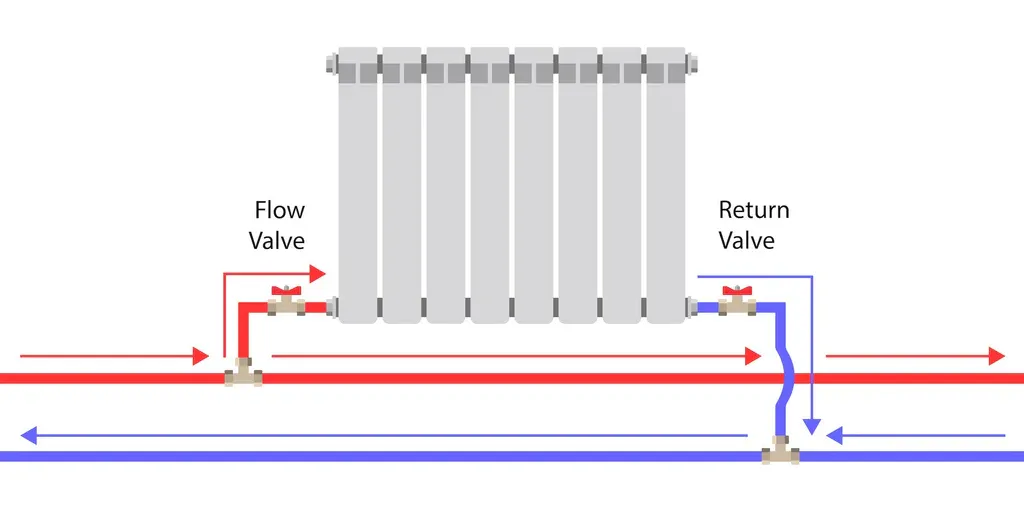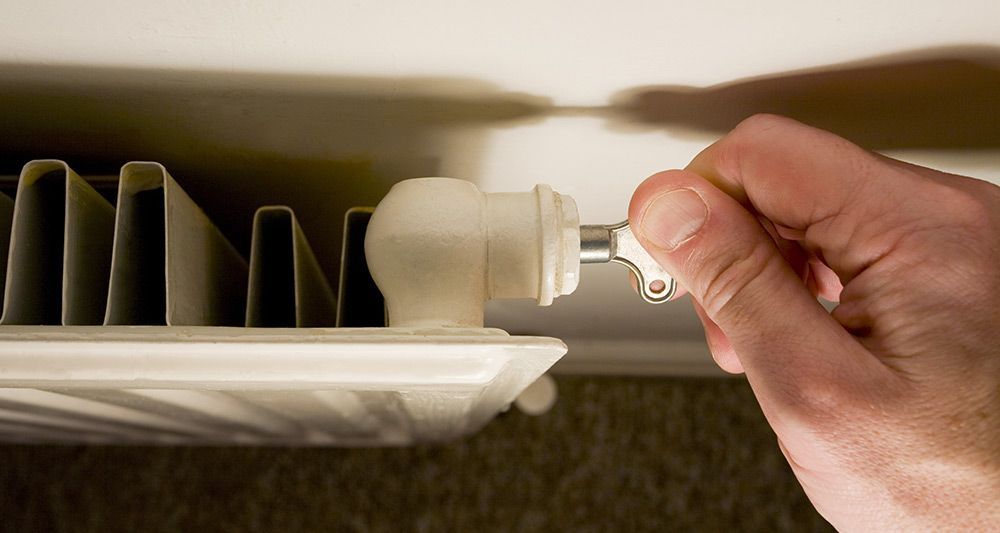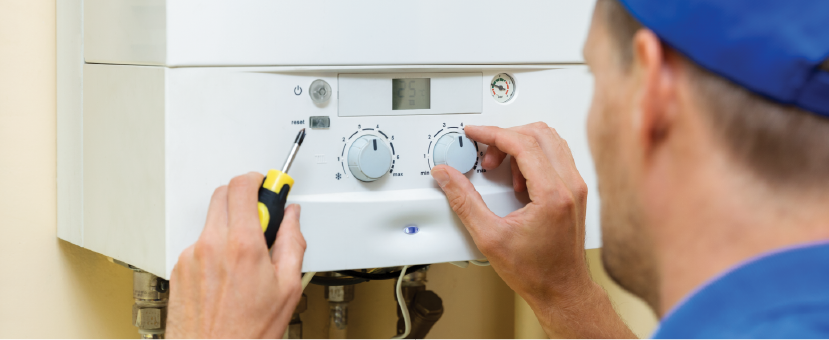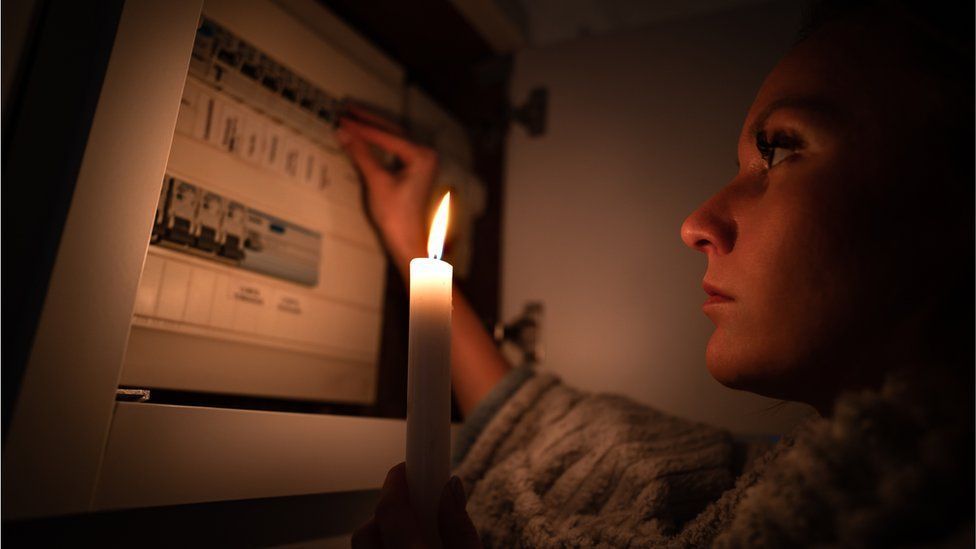Understanding Common ideal Boiler Fault Codes
Common Ideal fault codes

Ideal is a well-known manufacturer of boilers, providing a range of reliable and efficient heating solutions. Like any heating system, Ideal boilers can experience faults or errors that can affect their operation. When a fault occurs, Ideal boilers are designed to display specific fault codes on their digital display or control panel. These fault codes are alphanumeric combinations that indicate the nature of the problem.
It's important to note that fault codes can vary depending on the specific model and generation of the Ideal boiler. While some fault codes may be similar across various models, others may be unique to a particular model or version. Therefore, it's essential to consult the user manual or contact Ideal technical support to obtain accurate and specific information for your particular boiler model.
Understanding these fault codes can provide valuable information to homeowners and heating engineers, enabling them to diagnose and resolve issues more efficiently. Here are some common fault codes that may occur in Ideal boilers:
1. Code L2: Flame loss or ignition failure
This fault code indicates that the boiler has failed to ignite or has lost the flame during operation. Possible causes for this fault include an issue with the gas supply, faulty ignition components, or a defective Printed Circuit Board (PCB). It is advisable to seek a qualified heating engineer to diagnose and rectify the problem.
2. Code F1: Low water pressure
When this fault code is displayed, it indicates that the boiler's water pressure has dropped below the acceptable level. Low water pressure can be caused by a variety of factors, such as a water leak, a faulty pressure sensor, or inadequate filling of the system. It is important to address low water pressure promptly to avoid further problems.
3. Code L9: Flow temperature sensor fault
This fault code suggests an issue with the flow temperature sensor. It may be caused by a faulty sensor, a wiring problem, or a defective PCB. A qualified heating engineer should be contacted to investigate and resolve the underlying cause of the fault.
4. Code L5: Overheating of the heat exchanger
When the boiler displays this fault code, it indicates that the heat exchanger has reached an excessively high temperature. Causes for this fault include a blocked heat exchanger, a faulty temperature sensor, inadequate circulation, or a failure of the pump. It is important to address this fault to prevent damage to the heat exchanger and ensure the safe operation of the boiler.
5. Code L3: Flame sensing fault
This fault code suggests a problem with the flame sensing mechanism. It may indicate a faulty flame detection electrode, a wiring issue, or a defective PCB. A qualified heating engineer should be consulted to investigate and rectify the fault.
6. Code F2: High limit thermostat activated
When this fault code is displayed, it means that the high-limit thermostat has been triggered due to excessive heat in the system. Possible causes include a faulty thermostat, circulation issues, or a blockage in the system. A professional should be contacted to diagnose and resolve the issue.
It is important to note that this is not an exhaustive list of Ideal boiler fault codes, and there may be additional codes specific to certain models or generations.
When encountering a fault code, it is crucial to follow proper safety procedures. If you are unsure about performing any troubleshooting steps or if the fault persists after attempting basic troubleshooting, it is always recommended to contact a qualified heating engineer or Ideal-approved service provider for professional assistance.
Regular maintenance and servicing of your Ideal boiler can help prevent faults and ensure its optimal performance. Additionally, adhering to the manufacturer's recommended maintenance schedule and seeking professional help when needed will prolong the lifespan of your Ideal boiler and maintain its efficiency.
In summary, understanding Ideal boiler fault codes is essential for diagnosing and resolving issues promptly. By familiarizing yourself with these codes and seeking professional help when required, you can ensure that your Ideal boiler operates safely and efficiently throughout its lifespan.












